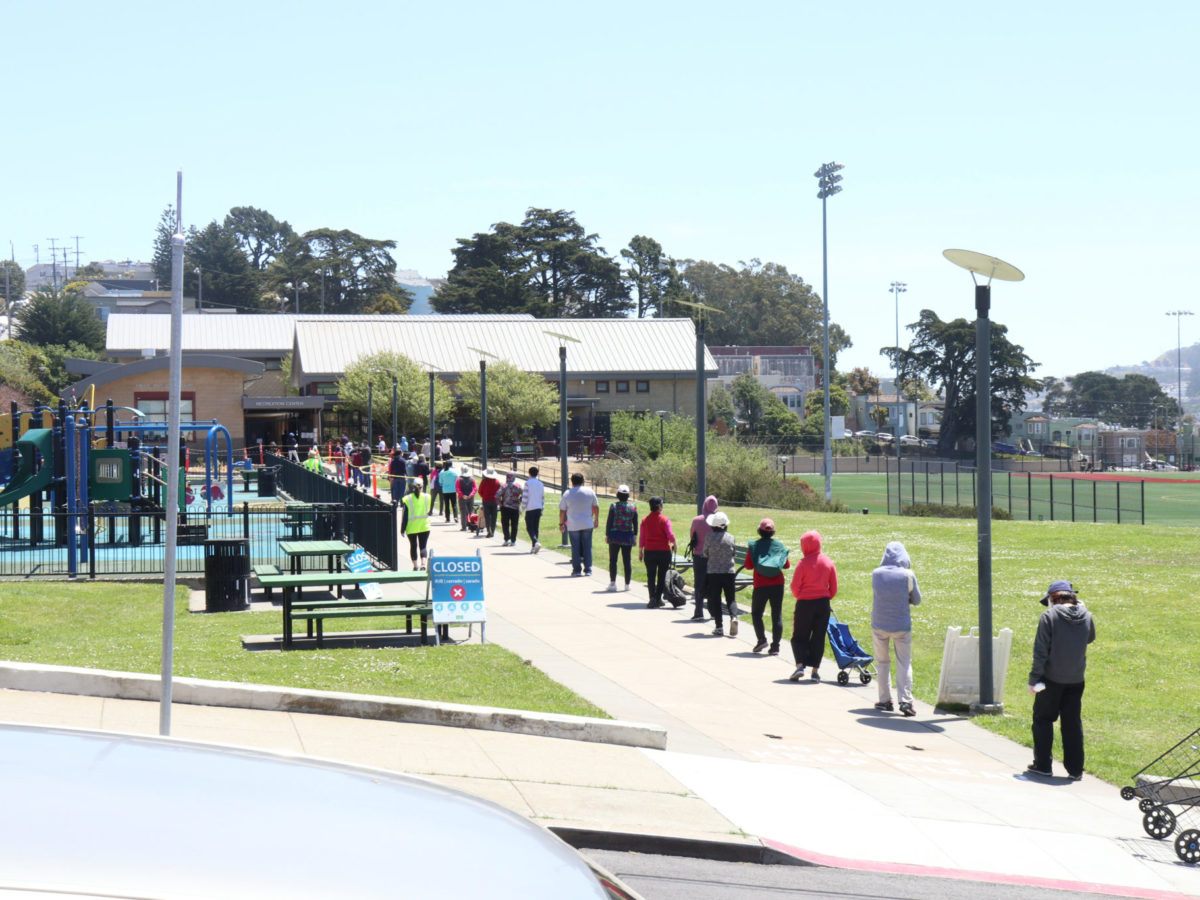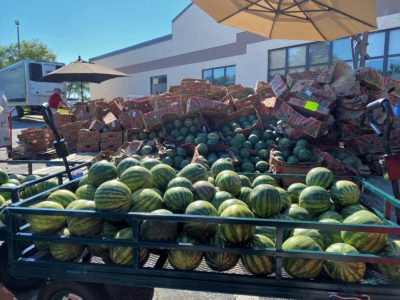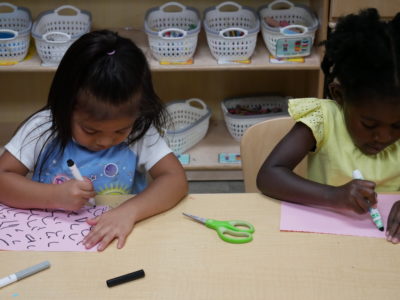

Long lines define our times. Americans stood in long lines to cast their ballots in an ultra-consequential presidential election that produced the highest-ever voter turnout. Before and after Thanksgiving, people stood on foot or waited in their automobiles for COVID-19 tests as the contagious coronavirus surged.
Aerial videos from drones showed especially heart-rending scenes of scores of automobiles lined up bumper-to-bumper at food distribution centers. The videos gave testimony to the recent findings of a November survey by Feeding America of its network food banks, including seven in North Carolina.
“Food banks have consistently seen a 60 percent increase in demand compared to this time last year, and continue to require more food and resources to provide to people in need,” Feeding America reported.
The U.S. Census Bureau reported Wednesday its estimate that as many as 25 million Americans experienced food insecurity over the past seven days. Now more Americans report not having enough food to eat than before the pandemic.
The Census, along with seven other federal agencies, is conducting the Household Pulse Survey to monitor effects of the pandemic on such well-being factors as housing, employment, education, health, and food. The online 20-minute survey seeks to detect how many people experience food insecurity by asking respondents whether they sometimes or often did not have enough to eat over a week.
In North Carolina, according to the Census survey, more than 565,000 households reported they sometimes did not have enough to eat, 138,000 often not enough. More white North Carolina households (380,000) report food insecurity than Blacks, Hispanics, and Asians in total numbers, but a larger proportion of Blacks and Latinos lacks enough food. The Census data showed that more than 400,000 households with children reported insufficient food in the past week in North Carolina.
As Lauren Bauer, a Fellow in Economic Studies at the Brookings Institution, points out in a recent paper, food insecurity rates had actually declined somewhat as a result of children going to school, a spring-back in jobs and federal stimulus funding for safety-net programs. Even so, she writes, the share of parents who report “that their children are not eating enough is quite high by historic standards.”
Now, a coronavirus surge through winter threatens a further economic stall. “Deteriorating economic conditions caused by the COVID-19 pandemic have made it even more difficult for many low-income households, including those with children, to afford groceries,” writes Bauer. And she points out that “children living in food-insecure households tend to have a lower health-related quality of life, higher rates of asthma, less nutritious diets, anemia, and cognitive and behavioral problems that affect well-being and school performance.”
Citizens who donate food and money to food banks and pantries, as well as those who do the daily tasks of sorting, packing, and delivering, demonstrate the generous, compassionate side of our society. So, too, do public school cafeteria staffs who have been feeding students and their families through this period of disruption. Still, the pandemic-fueled demand on food charities tells another chapter in a familiar story of two Americas and two North Carolinas.
The decade-long recovery from the Great Recession widened the gaps between powerful metro regions and distressed rural communities, and between affluent professionals and working people on modest wages. COVID-19 unmasked the divide between students in homes with easy online access and students lacking reliable connection to the digital environment — and widened the gap between the well-paid who can work from home and the minimum-wage clerks whose jobs require them to show up in the store.
However splendid is the work of food banks and pantries in providing emergency food supplies, it also takes government, acting in behalf of all citizens, to respond to widespread food insecurity. The federal government does so through funding for school lunch and breakfast, through the Women, Infants and Children program, through updated food stamps now known as SNAP, and most recently through the Pandemic EBT initiative. State government has a role in distributing federal food assistance, but it also has authority, for example, to set unemployment compensation and minimum wage levels to give food-insecure households more purchasing power.
For both federal and state governments, the Census data along with the drone videos of long food lines amount to a call to action, and soon.




